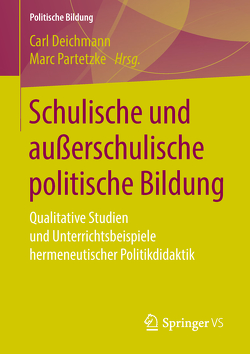Macro the rescue?
An analysis of macroprudential insturments to regulate housing credit
Alexander Falter
This paper builds a macro model with a financial sector and a housing market to understand the transmission and effects of macroprudential instruments addressing mortgage credit. The model compares the introduction of a loan-to-value ratio (LTV), a countercyclical capital buffer (CCyB)-style rule and sectoral constraints similar to sectoral risk weights. The results show that instruments work largely as intended and are to different extents suitable to dampen credit booms. Moreover, there is a trade-off between effectiveness, i.e. the extent to which instruments are able to dampen credit booms, and efficiency, i.e. the extent to which instruments might exhibit unintended consequences for the financial sector or real economy. General shocks, where housing credit increases as a side effect of larger movements, might warrant the use of the CCyB or also sectoral risk weights to correct for sector specific developments. Simple sectoral shocks can be dealt with or responded to first with sectoral risk weights. The LTV is much more effective than sectoral risk weights in confining credit growth, but shows less efficiency due to strong substitution effects.













